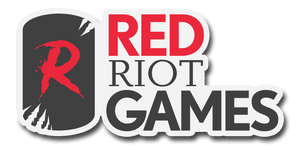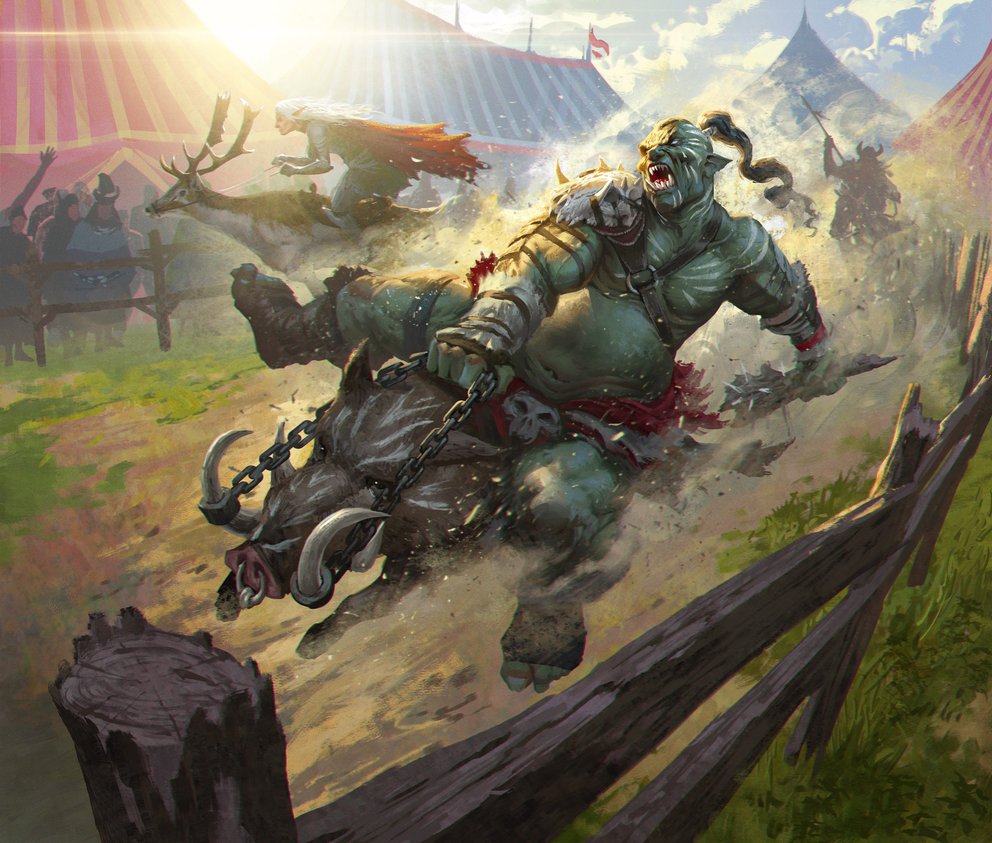Flesh and Blood is getting faster. Who’s getting left behind?
By Dimos
There have been some big changes to Flesh and Blood in the past year or so, and it seems that those changes are now accelerating. Sets are releasing more often, major tournaments are doubling in frequency, and heroes are rotating out via the Living Legend system at an unprecedented rate. All of this is also happening at a time where a lot of the local FaB scenes that I’m aware of seem to be at inflection points about their own survival. In my view, the past major changes to the game have centred around the nature of FaB as a retail product – the creation of “unlimited” sets and their subsequent removal for FaB 2.0. These didn’t have any major impacts on the actual play of the game, other than improving accessibility. However, the recent changes to the game have certainly changed the feel of play, and I think that local game stores are seeing this impact as well. With various things increasing in speed around FaB, I think that some people and stores are starting to get left behind as this game’s hyper-competitive niche carves itself deeper into FaB’s identity. This is largely at the expense of specifically newer players to older communities and collectors. I write a lot about the casual and semi-casual aspects of this game, and how to enjoy it at a community level. With these recent changes, I think those talking points may become less relevant. This article is going to look at the widening gulf between the ultra-competitive FaB lifestyle and the casual-competitive opportunities.
![Tome of Imperial Flame [EVO245] (Bright Lights) | Red Riot Games CA](https://redriotgames.ca/cdn/shop/products/517209_62b72f1e-5c20-449d-9a4a-7629c2f26357.jpg?v=1701178508)

With an increased frequency in set releases coming in 2024, there is supposed to be an influx in playable heroes. This means new cards, new strategies, new counter-strategies and new considerations overall. 80 cards used to feel like plenty of sideboard space – you would have your main 60 cards, some anti-arcane cards, a couple of defense reactions, and maybe some very specific tech cards like Snag or Remembrance. With more heroes and more unique strategies per hero, one can’t plan for them all any more. This increases the person-hours required in testing, as the number of potential matchups increases exponentially with each new hero added. There are also a lot more decks to keep up with since the expansion slot seems to be used to tune certain decks into the realm of competitive viability with a single card. Although not part of the main set, individual expansion slot cards in Bright Lights have arguably made larger impacts than the 230 main cards in the set. Particularly, Tome of Imperial Flame. The recently announced Luminaris and Azalea specialization seem to be in this vein as well – cards designed to give significant power to heroes outside of the main focus of the set. This means that in order to give yourself an edge at Road to Nationals, you not only need to test every new hero and deck presented in Heavy Hitters, as well as old Guardians, Warriors, and Brutes for upgrades, but you also need to test each old deck that got a power card in the expansion slot. This is incredibly hard to do without a well-staffed and well-organized testing team. These teams are popular, plentiful, and more than inviting but they also come with a large amount of responsibility that not everyone wants associated with a hobby.


The speed of news and trends in FaB will also increase as the number of major tournaments is just about doubling this year. There will be way more Callings, an additional Pro Tour (like there was in 2022), and a ramping up of Battle Hardened events. I think this is a great change for people who are looking to get involved in higher level play without having to commit to travelling as far or as frequently. However, it will bring an increased burden of information and a requirement to keep up with FaB news even more than is already necessary. Every major event brings up a question about if there was a large meta shift or a new, groundbreaking deck. If there is a major tournament every week, that is more information to keep up with an adjust to if you planning on going to an event soon after. Maybe it’s a sign of this little game growing up, but it is becoming increasingly hard to keep abreast of everything that is happening that could impact the competitive or semi-competitive environments. Even outside of the competitive environment, local armories are also being hit by this increase in the speed of change in FaB, mainly through the updated Living Legend system.
Recently, Legend Story Studios announced a change to how Living Legend works. In short, players can expect heroes to rotate much more quickly. More importantly, rather than updates to hero legality every month or two, updates now occur weekly. This is probably a positive change for folks who own nearly every deck, are heavily involved in the community, are on testing teams, and/or are otherwise very competitive as it makes for greater dynamism. While this can keep a competitive season fresh if one hero dominates the field, it can also lead to your deck getting functionally banned four days before you were planning to take it to an event. I would be a lot more okay with this if it was only limited to higher level events geared at competitive players, but the fact that it impacts regular armories leaves a bad taste in my mouth. As I will talk about next week, I think that local communities already have enough to contend with without having to explain to new players that the deck they just got a hold of has rotated out and they can’t use it anymore. Those same players will also likely be offered no immediate replacement from LSS. Whether this is a short-term policy to create a changing of the guard and reset the power level of the game away from its peak around Tales of Aria and Monarch heroes, or if this is the new long-term standard remains to be seen. But for now, it’s a lot to keep up with and will have some negative consequences to those players teetering on the edge of coming out to Armory events consistently, or considering going to their first Skirmish, Proquest, or Road to Nationals.
I never played FaB competitively, and certainly was never part of an organized team. I would do some vague playtesting with a couple of buddies a bit before events I cared about, which were just Road to Nationals at that time but that was the extent of it. With the card pool at that time, and the nascent nature of a game in its first two years, that felt like enough. In recent times, I have not felt this same readiness, even when I have put in the preparative hours. After that realisation, I also started preparing less, which has made me less likely to go out to these types of events and it has created a cycle where I now realise that I haven’t played FaB beyond an armory or pre-release in about a year. I still love the game and play it whenever I can, both in person and online, but that core of mid-level competition hasn’t been there for me. That area used to be the sweet spot for me. A lot of the friends I’ve made playing FaB are now either all on competitive testing teams or have expressed similar sentiments to me. It feels like the game is at an inflection point between its casual and competitive players. You are now either competitive, and dedicating time, resources, and vacation days to the game and attending large events, or you are thoroughly casual and sticking to those armories in smaller communities. It certainly feels like LSS is gearing the game down the competitive avenue, but I hope there is still some new stuff for folks in the middle.
With that being said, the increased number of major events in 2024 presents me with an opportunity to attend my first Calling. And since its Heavy Hitters sealed, I don’t need a testing team or to do an extensive amount of homework for it. Ironically, FaB’s bend to the more competitive has given me a good window to enjoy some of that semi-competitive joy that I had for the game in years previous. However, I’ve also seen a lot of outcry about how Callings should not be sealed because it is an inherently uncompetitive, high-variance format. At the end of the day, I don’t think that every major event has to be for everyone. I definitely don’t think that every Calling should be constructed – just think about the breakneck pace that heroes would hit Living Legend if this were the case. It would be impossible to keep up even as an ultra-competitive player.
Overall, I think that as the aggregate speed of the FaB environment increases, it makes it harder for less-committed players to get involved. This is fine at a competitive level, as it is clear that the best and those who can sacrifice the most in the name of achievement should be rewarded. However, at the basic level, or at the new player level, or at the small-store-with-six-regulars level, I think this new speed is going to leave a lot of people behind. I myself feel left behind and I would say that I’m heavily involved in this game – but maybe I, and some others I talk to regularly about this, need to change our perspectives to keep with the times. Next week I’ll be diving deeper into how I think the new FaB environment is impacting local LGS communities of various sizes and ages, and how new players are going to be the lifeblood to a FaB community of any size, location, or intensity.


